| Marine Ship Pollution |
| |
| (CAUSES, EFFECTS AND SOLUTIONS ) |
Prof. C.Peter Chandran, M.Tech., (IITM), M.B.A., Ph.D., Department of Naval Architecture and Offshore Engineering, AMET UNIVERSITY, Kannathur, Chennai- 603112 Tamilnadu, India. Email: peterchandran@hotmail.com
Abstract: Marine pollution refers to the contamination or presence of pollutants in oceans. The cruise ships can cause Marine pollution in eight ways, namely- Ballast water pollution, Air and Noise pollution, Grey and black water pollution and so on. The effects of Marine Ship Pollution are oxygen depletion, higher acidity, choking marine life, blocking sunlight and affecting human human health. MARPOL 73/78 provides six Annexes to control and prevent Marine Ship Pollution. The preventive measures are Ballast water Management, Oily water separation and Ship’s waste water treatment. This technical paper discusses all these important matters related to causes, effects and solutions of Marine Ship Pollution.
Key Words: Cruise ships, Maine ship pollution, MARPOL 73/78, Water Management and Biological Sewage Treatment
1.0 Introduction:
Marine ship pollution refers to the contamination or presence of pollutants in oceans.
Marine pollution occurs when harmful, or potentially harmful, effects result from the entry into the ocean of chemicals, particles, industrial, agricultural, and residential waste, noise, or the spread of invasive organisms. Eighty percent of marine pollution comes from land.
Do ships pollute the water? The 16 major cruise lines plying the waters today generated more than 1 billion gallons of sewage in 2014. Thanks to tax laws, ships can dump the sewage straight into international waters- polluting the pristine ocean near cruise destination hot spots. A cruise ship pollute as much as 13 Million cars – in one day.
2.0 Eight ways in which Cruise Ships5 can cause Marine Pollution:
In Marine – transport , problems in the form of pollution exist and persist. And today, as Marine transport increases to huger magnitudes, Ship Pollution has also substantially increased. The term is generalized – ship pollution. And this generalization includes Cruise Ships as well. As such as cruise ships provide entertainment, they are also a source of great pollution in the oceanic and marine areas.
The extent and the ways in which Cruise pollution is caused can be explained in depth in the following eight ways:
- Ballast water pollution
- Air Pollution
- Noise Pollution
- Grey water Pollution
- Black water/ sewage pollution
- Chemical Pollution
- Solid waste Pollution
- Oil Pollution/ Bilge oil pollution
1. Ballast Water Pollution:
The letting of the ballast water from the ships is a major cause of cruise pollution. The ballast water that is disposed off may contain a variety of harmful substances, including in certain cases oil contaminants, non-native marine animals and plants, and disease causing organisms in sewage contaminated water. (Definition of Ballast water: Fresh or salt water, some times containing sediments held in tanks and cargo holds of ships to increase stability and maneuverability during transit.).
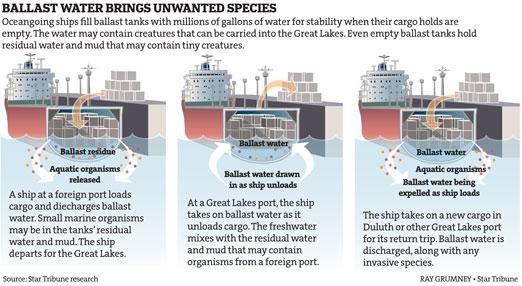
Figure 1. Diagram showing the water pollution of the seas from untreated ballast water discharges
2. Air Pollution:
We are all aware of the concept of Air Pollution. The engine of the cruise ships also emit unwanted air. The cruise ships emissions the gases on the sea, leading to ship pollution of immense proportions in the oceanic area. Air pollution from cruise ships is generated by diesel engines that burn high- sulpher dioxide, nitrogen oxide and particulate, in addition to carbon monoxide, carbon dioxide, and hydrocarbons.
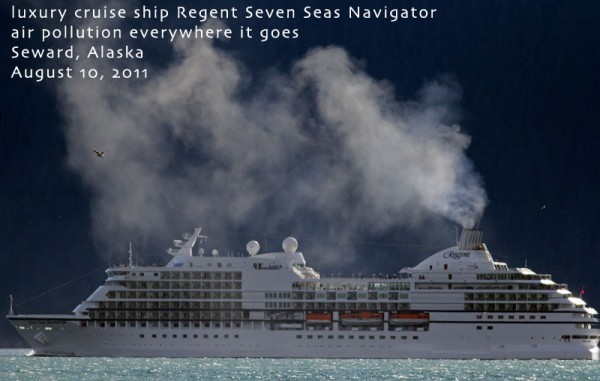
Figure 2. Air Pollution by Luxury Cruise Ship
3. Noise Pollution:
Cruise Ships are known for their entertainment value. But even as the entertainment goes on in the cruise ships, noise pollutions from the ships machinery and other activities affects the marine animals and mammals whose sensitive hearing gets harmed and debilitated, often leading to their unwanted death and an overall loss to the eco-system.
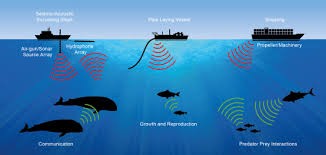
Figure 3. Noise Pollution by Cruise Ships
4. Grey water Pollution:
Regular activities like cleaning utensils and doing the laundry causes cruise ship pollution. The grey water accumulation contains not just harmful chemicals but sometimes even metals and minerals too. Grey water concentration in the ocean waters harms the marine environment. According to statistics, the average greywater churned-out of a cruise ship is around 3,30,000 to 9,60,000 million litres a day.
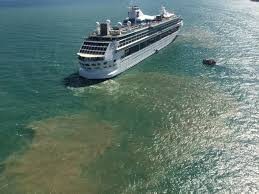
Figure 4.0 Grey Water Pollution by Ship
5.0 Black Water/ Sewage Pollution:
The next huge cruise pollution is from sewage. Classified as black water, around 30,000 gallons of sewage is deposited into the ocean by cruise ships. Sewage includes waste from the toilets and the health facilities provided in the cruise ships. Such sewage is rich in bacteria and algae adversely affecting the oceanic life- forms and the entire marine eco-system.
6.0. Chemical Pollution:
Materials like batteries, chemicals past their expiry and processing of pictures in a cruise ship also leads to marine pollution. The materials are hazardous and posses a huge threat to the lives of the marine creatures and life forms. These materials enter into the oceanic waters through either the grey water or the black water channels.
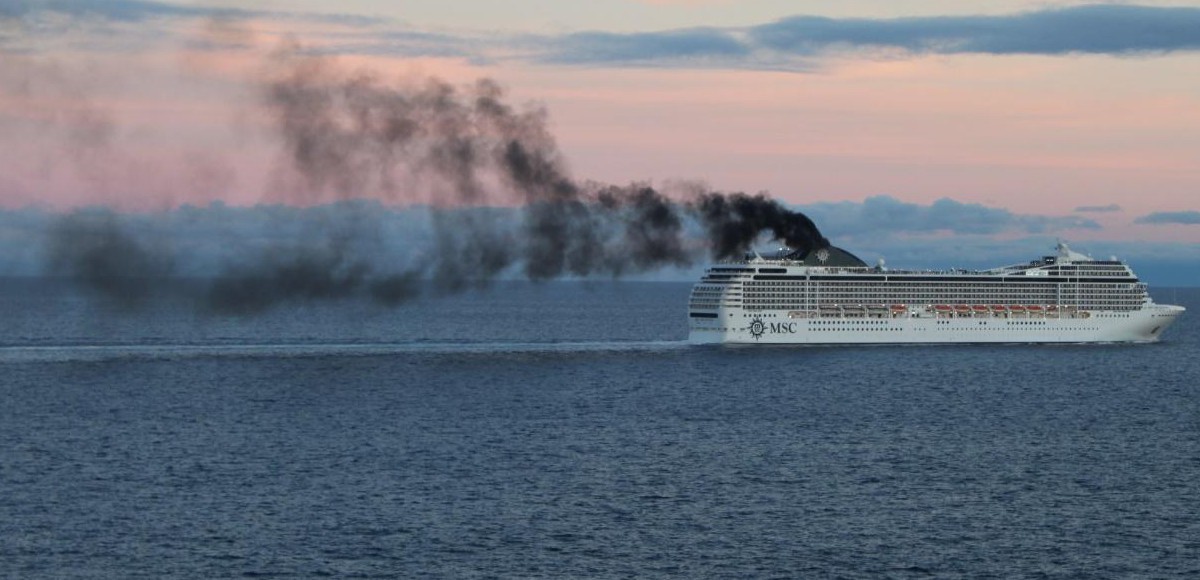
Figure 6.0 Chemical Pollution by Cruise Ship
7.0 Solid Waste Pollution:
Materials like paper, cardboard and aluminium can also turn out to be a cause of cruise ship pollution in the marine areas. They are categorized as solid waste and they end up forming an unwanted debris on the oceanic surface leading to large scale threats for the oceanic plants and creatures.
8.0. Oil Pollution/ Bilge Oil Pollution:
Last but not the least- oil/bilge pollution. Oil Pollution is the main reason for the increased level of marine Pollution. Oil leaks through faulty engine system and improper repair work and mix with the oceanic water. Collisions and accidents are also a reason for oil pollution. Oil is heavier than water. It does not degrade quickly leading to problems to marine creatures and plants. Marine creatures and plants are forced to ingest such polluted water. It is necessary to preserve Eco-system. Our Cruise Shipping experience should care for the marine life forms.
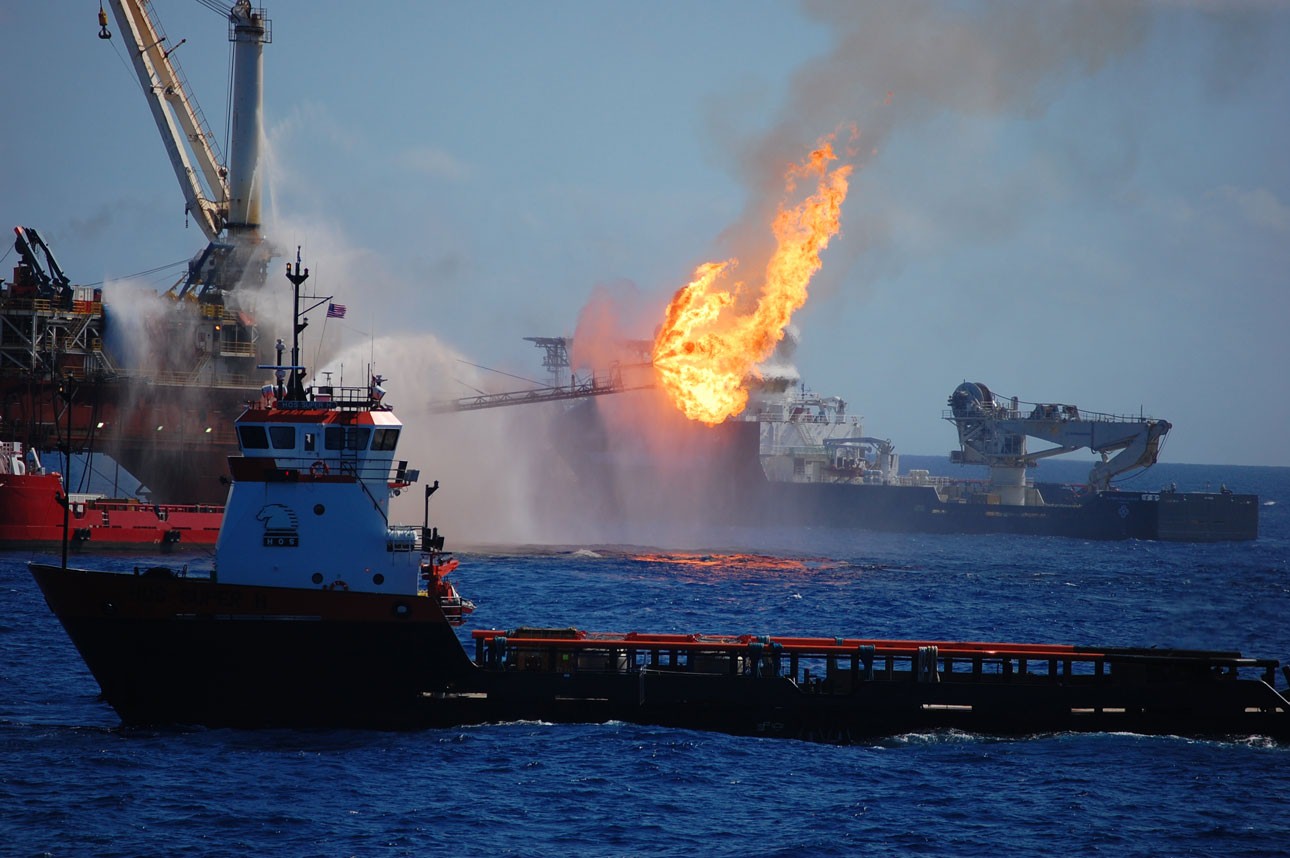
Figure 8.0 Oil Spills and Ship Groundings
3.0 Effects of Marine Ship Pollution:
The following are the effects of Marine Ship Pollution:
- Oxygen depletion,
- Higher acidity
- Choking Marine life,
- Spoiling bird’s feathers
- Blocking the sunlight,
- Dangers to Human Health
1.0 Oxygen Depletion:
Seawater is full of dissolved oxygen, however decomposing sewage and bio matter in oceans can result in a condition known as “hypoxia” or oxygen depletion. This condition makes it hard for oxygen loving marine life-plants, fish and animals to survive in the oceans. Oxygen gives physical life.
2.0. Higher Acidity:
Toxic chemicals make our oceans more acidic. This makes them poisonous to marine life and causes harm to fish and marine mammals as well as marine plants and corals.
3.0. Choking Marine life:
Small pieces of plastic and other litter are increasingly being found in the stomach of fish, turtles and other marine animals. These pieces of trash choke marine animals and hamper their digestion, with often fatal result.
4.0. Spoiling Birds’ Feathers:
Oil spills coat the feathers of marine birds and strip them of the natural oils that birds use to keep their feathers waterproof and to maintain their own body to temperatures. As a result, marine birds can overheat or get too cold, and they find it hard to stay afloat as their feathers get soggy. They will also find it difficult to fly when their feathers are clogged with oil.
5.0.Blocking out the Sunlight:
Pollutants such as oil or litter can block out the sunlight from sea plants which need sunlight for photo-synthesis.
6.0. Dangers to Human Health:
Human health is very important for survival. Human swimmers and water sports lovers can become endangered by swimming in a polluted area. People complain like heartaches, nausea and cancer.Human beings should prosper and be in health physically, even as their mind ,will and emotions prosper.
4.0 Monitoring, Control and Preventive measures of Marine Pollution:
We need to take preventive measures to protect the seas from being made a dumping ground for oil and chemicals. National and international regulations, guidelines and codes exist for the control and prevention of Marine Environmental Pollution.
Solutions: 1. Be careful with our chemicals, 2. Don’t flush or rinse away harmful particles,3. Campaign, 4.Volunteer at an oil spill site,5. Volunteer at a beach cleanup- or organize one yourself,6. Ensuring no debris is released into ocean.
MARPOL 73/78 Convention: MARPOL is short for Marine Pollution and 73/78 short for years 1973 and 1978. It is one of the most important International Marine Environmental Conventions. It was developed by the International Maritime Organization(IMO) in an effort to minimize pollution of the oceans and seas, including dumping oil and air pollution.
The objective of this convention is to preserve the Marine Environment in an attempt to completely eliminate pollution by oil and other harmful substances and to minimize accidental spillage of such substances.
Provisions
MARPOL3 is divided into Annexes according to various categories of pollutants, each of which deals with the regulation of a particular group of ship emissions.
Annex I: It deals with discharge of oil into the ocean environment. It incorporates the discharge criteria. The regulation requires that oil content in the ocean water outlet does not exceed the limit of 15 parts per million.
The first half of MARPOL Annex-I deals with Engine room waste. There are various generations of Technologies and equipment that have been developed to prevent waste such as : oily water separators(OWS), Oil Current Meters(OCM). And Port Reception Facilities. The second part of the MARPOL Annex I has more to do with cleaning the cargo areas and tanks. Oil Discharge Monitoring Equipment (ODME) has helped improve sanitation in their areas.
| Annex |
Title |
Entry into Force |
| Annex I |
Prevention of pollution by oil & oily water |
2 october 1983 |
| Annex II |
Control of Pollution by noxious liquid substances in bulk |
6 April 1987 |
| Annex III |
Prevention of Pollution by harmful substances carried by sea in packaged form |
1 July 1992 |
| Annex IV |
Pollution by sewage from ships |
27 September 2003 |
| Annex V |
Pollution by garbage from ships |
31 December 1988 |
| Annex VI |
Prevention of AirPollution from Ships |
19 May 2005 |
Table 1.0 MARPOL Annex I-VI
Annex II ; It deals with the discharge criteria for the elimination of pollution by noxious liquid substances carried in large quantities, Chemicals including, acids alcohols, caster oil, hydrogen peroxide, pentanol sodium sulphate, etc.,
Annex III: It contains general requirements for the standards on packing, labeling, documentation, stowage, quantity subtraction, division and notifications for preventing polluting by harmful substances.
Annex IV; It introduces requirements to control pollution of the sea by sewage from ships.
Annex V: Regulations for prevention of Pollution by Garbage from ships. It specifies the distances from land in which materials may be disposed of and subdivides different types of garbage and marine debris. The important part is the complete ban of dumping plastic into the ocean.
Annex VI: It introduces requirements to regulate the air pollution being emitted by ships,including the emission of ozone depleting substances, Nitrogen oxides ( NoX), Sulpher Oxides ( SOX), Volatile Organic Compounds (VOC) and Shipboard incineration.
Oily Water Separator4:
Annex I of the Convention made it mandatory that oil tankers and any ship of 400 gross tonnages and above must be fitted with an oily- water equipment or filtering system.
In March 1992 the Marine Environment Committee of IMO adopted New Regulation for new and existing tankers. Annex I made it mandatory for new oil tankers to have double Hull. Figure 7. Shows Oily Water Separator.
An Oily Water Separator (OWS) (marine) is a piece of equipment specific to the shipping or marine industry. It is used to separate oil and water mixtures into their separate components.
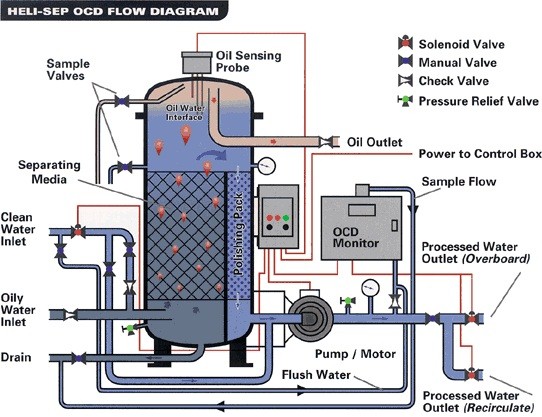
Figure 7.0 Oily Water Separator
Ballast Water Management:
In order to reduce the harmful effects on the marine environement through ballasting operations of the ship, the IMO adopted a Convention to control and manage ships ballast and sediment on 13 February 2004. It requires all commercial ships to install and operate ballast water treatment system (BWTS ).
Advantages of B.W.M.Plan
- Operational delays can be avoided which will save time and money.
- Reporting for requirements of different post state authority is simplified
- Safe ballast exchange can be carried out anywhere in the world.
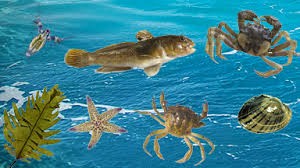
Figure 8.0 Ballast Water Management
Ships Waste Water Treatment:
The major aim of waste water treatment is to remove as much of the suspended solids as possible before the remaining water, called effluent, is discharged back to the environment. Waste water produced on board ships is required to be treated to acceptable level before being discharged overboard to prevent pollution of the sea. The discharge of sewage into the sea is prohibited except when the ship has in operation in operation an approved sewage treatment plant.
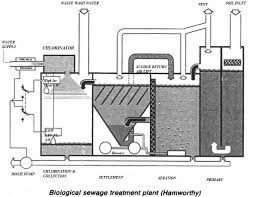
Figure 9.0 Biological sewage Treatment Plant
5.0 Conclusion and Recommendation:
- Sources of Marine Pollution from ships have been established, which includes discharge of oilywater, invasive organisms from ballast, Grey water and black water pollution, air,noise and solid waste pollution.
- Pollutants damages the ecosystem. Systems life and human health.
- Control and Preventive measures have been established including adhearance and enforcement of standard operations as contained in Annex I- VI of IMO Conventions.
The following are some of the recommendations:
- Control marine pollutions by introducing penalities to ships found polluting the Marine Environment.
- Exchange technical information, technology, experience between countries all over the world.
- Protect aquatic environment and practice IMO Standards.
- Cleanup the marine environment and create awareness by educating Citizen and Ship owners, respect and protect Marine Environment.
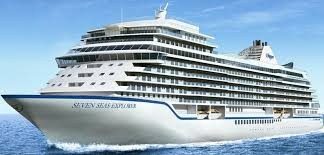
Figure 10.0 Most Luxurious Cruise Ship
REFERENCES:
- International Maritime Organisation (MARPOL) www.imo.org
- International Convention for prevention of Pollution from Ships (MARPOL)
- MARPOL 73/78, The International Convention fro Prevention of Pollutionof Ships (MARPOL )
- Marine Oily Water Separator by en.wikipedia.org
- MI News Network, Marine Pollution by Cruise Ships.
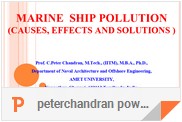
|























